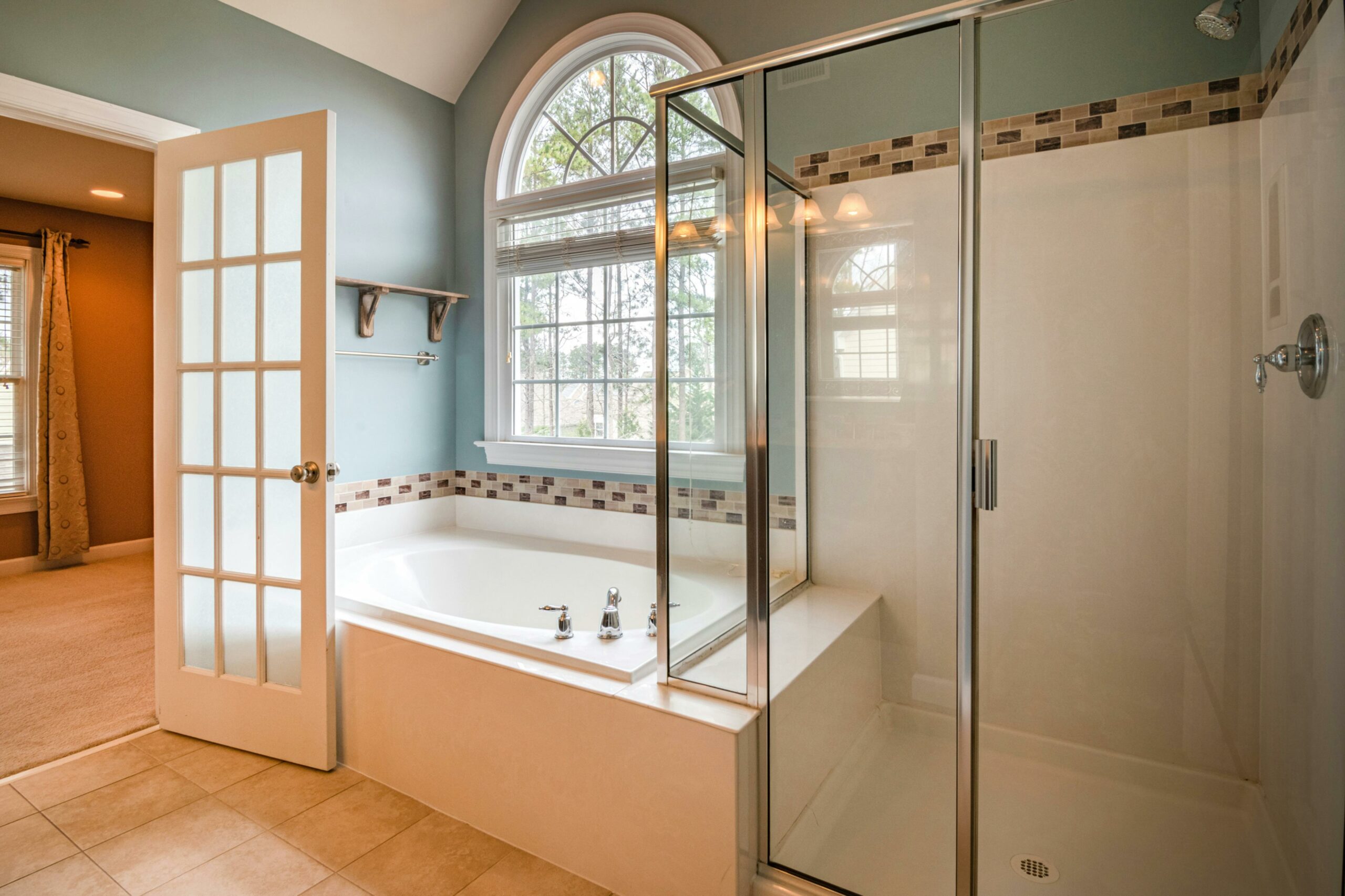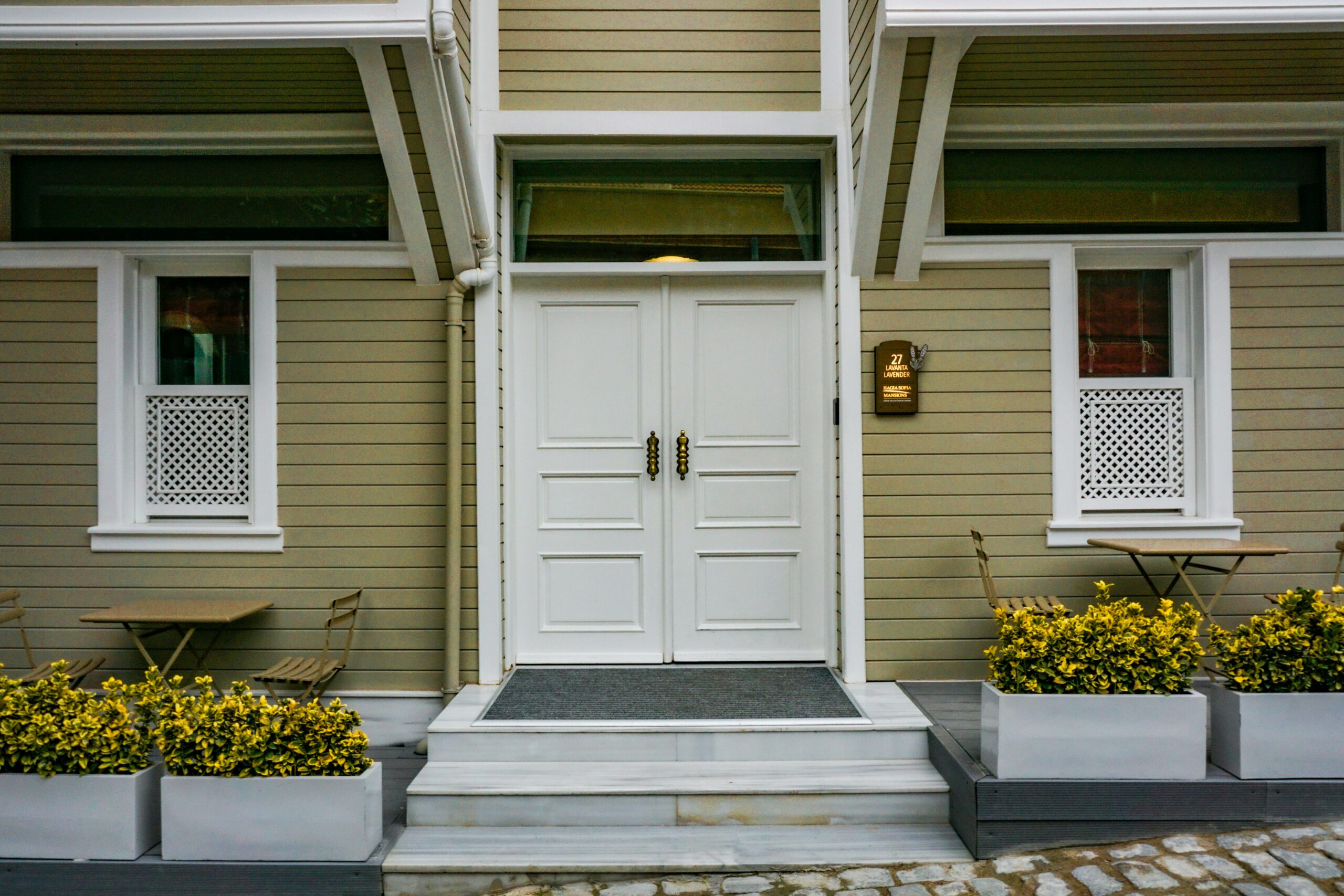When you hear the idea of a sustainable home, what comes to your mind? Lately, sustainable homes have been a source of concern for many people.
Our living condition is imperative to our health, so the idea of sustainable homes is now considered an efficient way of living.
As environmental health has become a global discourse, it’s beneficial for everyone to learn how to make home projects sustainable.
Creating a sustainable home means being mindful not only of the environment but also of the resources that go in and out of our homes.
Now, how do you make your home projects more sustainable? Below are helpful tips:

1. Use Reclaimed Wood
Reclaimed wood is wood that has been previously used, processed, and transported from its original location. It arrives at a secondary location or the primary place of the construction project.
Thus, it’s reasonable to assume that a home project that utilizes reclaimed wood will contribute to maintaining forest and tree stock.
Not only does reclaimed wood add character, but it also comes at a more reasonable cost than freshly cut timber. In short, reclaimed wood is sustainable for your home projects, and using them gives your home plans and constructions a form of eco-sufficiency.
2. Recycle and Repurpose
Whether you’re building a new home or renovating an existing one, it’s ideal for recycling materials for your sustainable home projects.
Recycling is an integral process of sustainable home building. So, if you’re looking to make your home projects more sustainable, be ready to recycle.
If you’re building a new home or remodeling an existing one, it’s best to recycle and repurpose materials for your sustainable home projects.
Recycling is an integral part of sustainable home building. Thus, if you’re looking to make the process more sustainable, be ready to recycle.
One of the ways to do it is not to throw away old materials that can be reused. You’ll need to think creatively and repurpose them into other valuable items — such as old furniture into something else or old wine bottles as flower vases.
3. Choose Your Paints And Repaint
Sustainable homes, as discussed earlier, promote the economical use of resources. Suppose you have some cabinets that already look pale and are looking to dispose of them; you should paint them.
However, paints contain volatile organic compounds (VOCs), the chemical compounds found in products used to build our homes.
Typical examples are benzene, ethylene glycol, formaldehyde, and methylene chloride. These chemicals emit gases that are dangerous to your health and the environment.
So, since you’re planning to make your home project more sustainable, you must choose paints with low levels of volatile organic compounds.
This will help reduce the potential danger to your health and the environment.
4. Refurbish And Reclaim
When you develop a home project, it’s always best to look into refurbishing and reclaiming so that you can minimize your ecological as well as financial impact. Take some of your old things and think about how they can be reused in the project.
Look at your current plans and see if there are ways to build in refurbishing aspects, such as utilizing used light fixtures or plumbing fittings instead of new ones.
Many companies can help you find renewable resources well-suited for sustainable home projects.
The benefits of refurbishing existing materials rather than acquiring new ones are vast. It helps you save money, but it also allows you to help the environment by reusing and recycling existing materials.
5. Deconstruction Over Demolition
What’s the difference between deconstruction and demolition? When building a sustainable home project, the point is to reduce, reuse and recycle as much of your existing home as possible instead of starting from scratch.
Deconstruction instead of demolition saves time, resources, and money — and it’s better for the environment.
In today’s home market, there’s no doubt that building a sustainable home is the better choice for several reasons.
One common challenge for many builders is when a remodeling project doesn’t go according to plan, and it becomes necessary to take the old structure down.
If a house is being built from scratch, the builder can avoid the demolition process by deconstructing it (bringing it to its lowest possible level of use) rather than taking it all down.
In any case, there are many benefits to deconstruction over demolition. The primary benefit is environmental sustainability.
Conclusion
Many people choose to build their home projects, but making them sustainable is more involved than just using green products.
Mentioned above are some tips you can use to make sure your home project is as green as possible.






